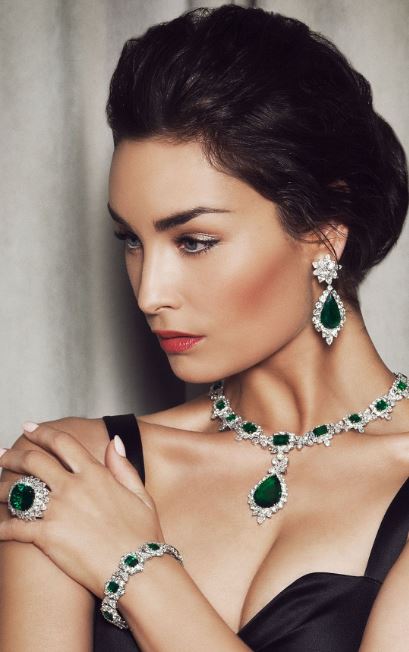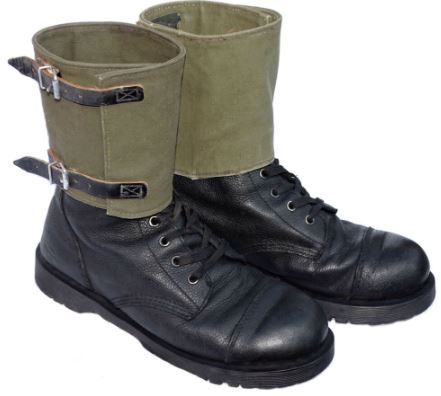Over at Knuckledraggin’, Kenny posted this interesting gif:

…and it got me thinking.
I’ve never bought into the whole jewellery thing. It’s not just my long-time hatred of the loathsome De Beers diamond cartel and their criminal business practices (although that certainly plays a part), but there’s a part of me which just applies commonsense and cynicism to the whole ethos of “precious” metals and stones.
The “metals” part I can sort of understand because they at least have useful properties for some applications, and ditto diamonds when used industrially (cutting, grinding and what have you).
But as decoration? What a load of old bollocks. Wearing diamonds as decoration, in necklaces, pendants, bracelets and (ugh) engagement rings is really just a way to say, “I’m rich and can afford to spend money on these useless baubles as a way to show off my wealth”.

In the old days, jewellery was used by royalty to show their social superiority over their subjects. Nowadays, when some illiterate oaf who is able to string a series of mumbled rhymes into a “song” can load up his neck, chest and teeth(!) with gold and diamonds — well, that kinda devalues the whole thing, doesn’t it? Except that’s precisely the point of expensive jewellery.

I don’t care much for most modern terminology / slang, but I love the word “bling” because it describes perfectly the inherent emptiness and worthlessness [sic] of slapping shiny rocks onto everything in sight.
Don’t even get me started on those tasteless morons who load up their (already-expensive) wristwatches with jewels, driving the price into the stratosphere for absolutely zero added utility*. Here’s one example:

And when I said “stratosphere”, I wasn’t kidding. I don’t know the cost of the above — Graff is remarkably (and understandably) coy about publishing prices for their watches — but one of their other timepieces (which is too ugly for me to picture here) went on sale for $55 million. Small wonder that these and their ilk are the preferred watches of drug kingpins, Arab oil sheikhs and Russian oligarchs — breeds not known for their exquisite taste — because that is the target market of all jewellery: people with newly-acquired wealth who have to show it off.
In a way, though, I’m glad that these parvenus pricks buy into this nonsense, because it enables us to label them, correctly, as “suckers”.
So when somebody looks at a diamond pendant and sniffs, “Glass”, I’m the guy who replies, “Who cares? It looks just as pretty.”
And if it gets lost or stolen, you can simply shrug and buy another one, more or less with the loose change in your pocket, while the owner of the identical-looking “genuine” diamond item has to open negotiations with the insurance company.
Next week: art.
*Longtime Readers, by the way, know that I love expensive watches — my “lottery” watch is a Vacheron Constantin Royal 1907 (retail: ~$50,000) — but that’s (much) less than the sales tax one would pay for Graff’s foul “Hallucination”.







